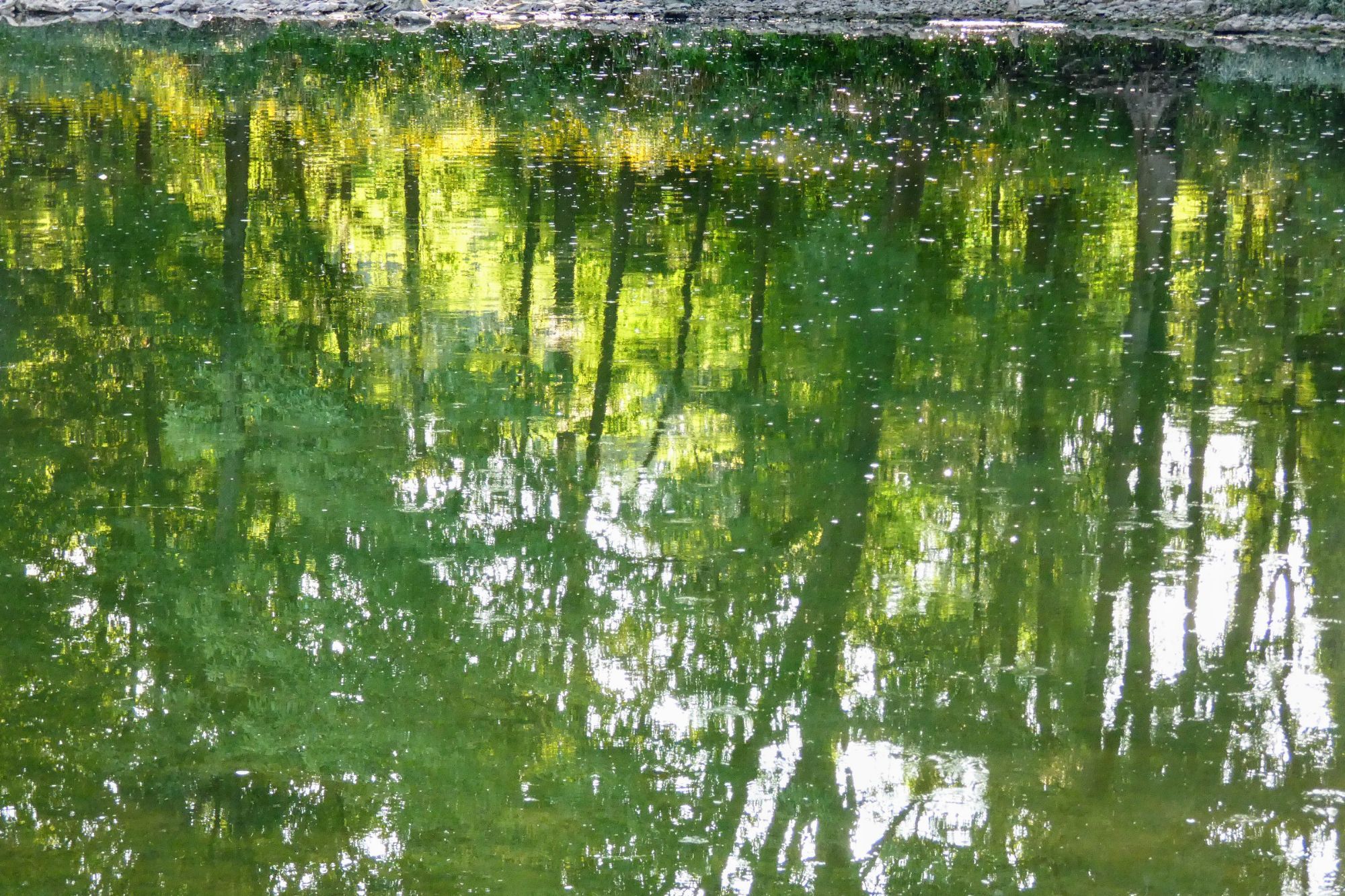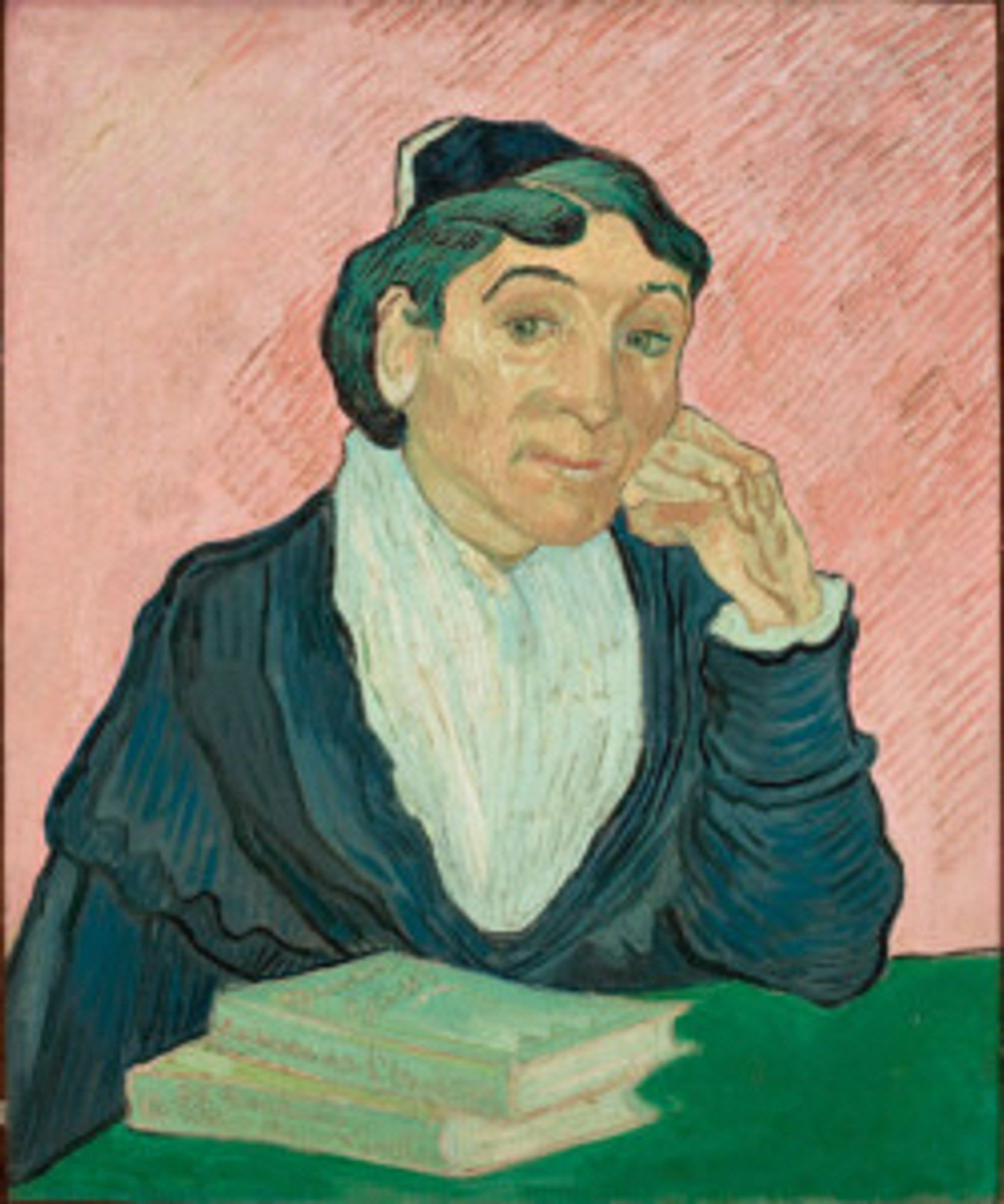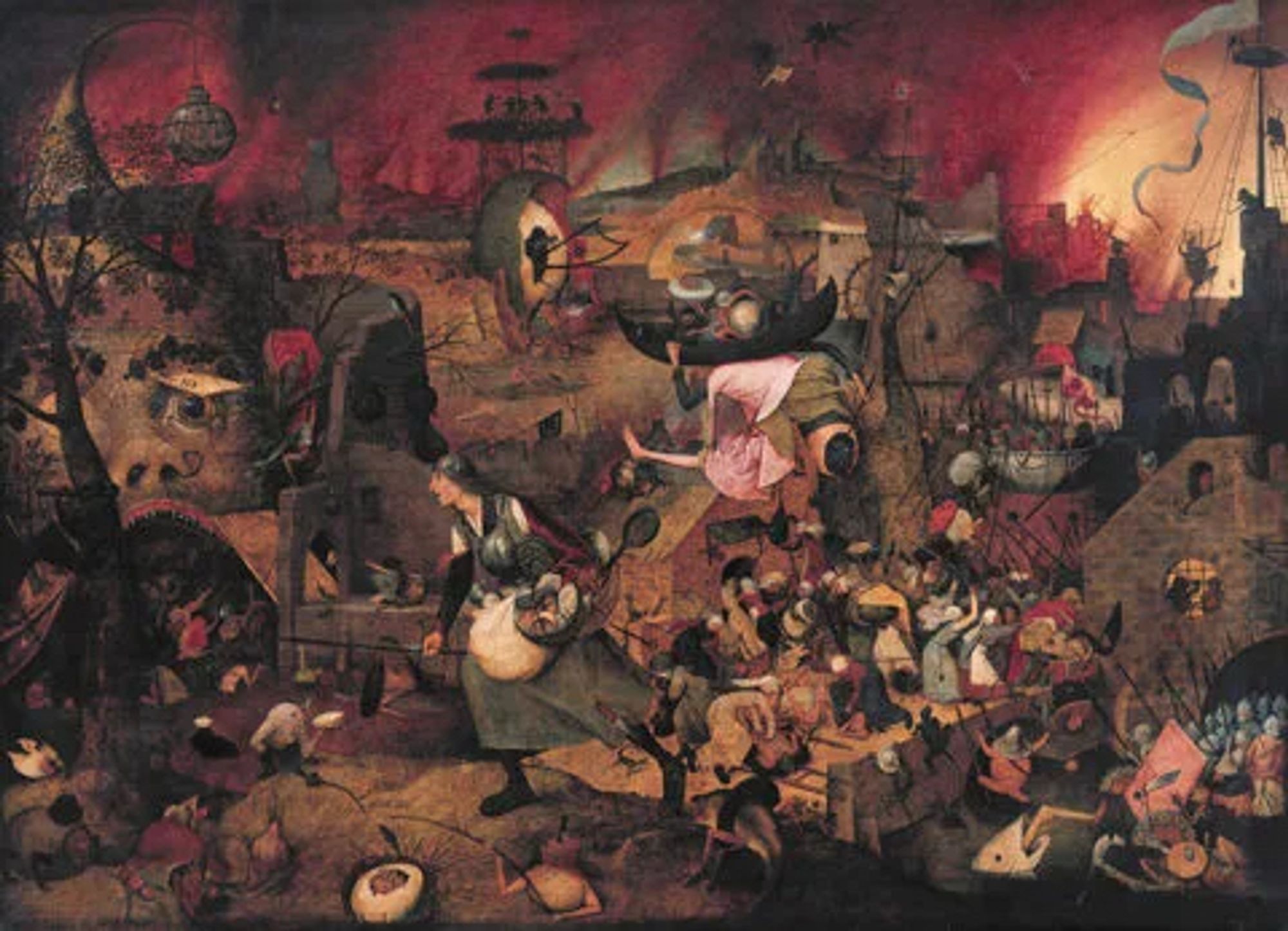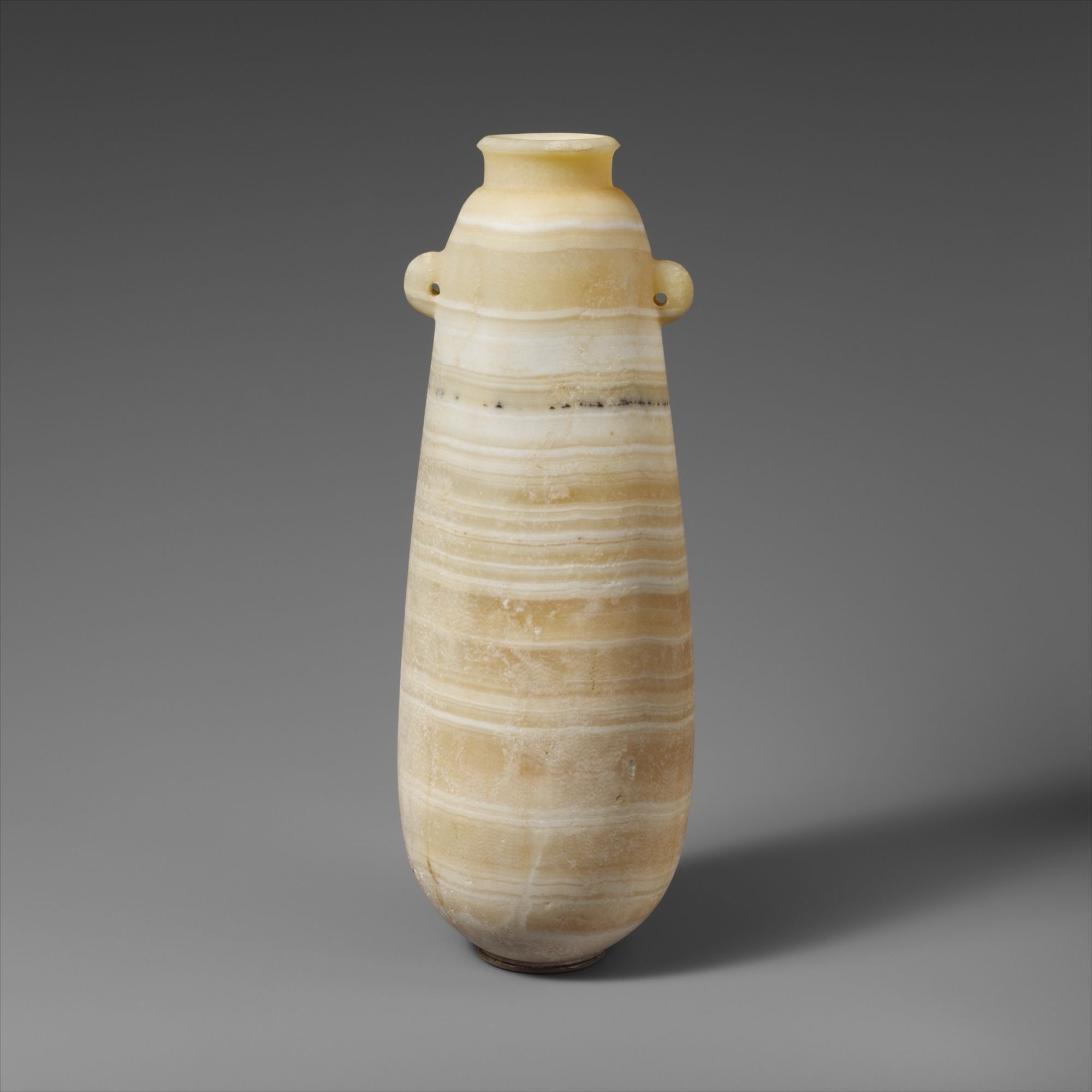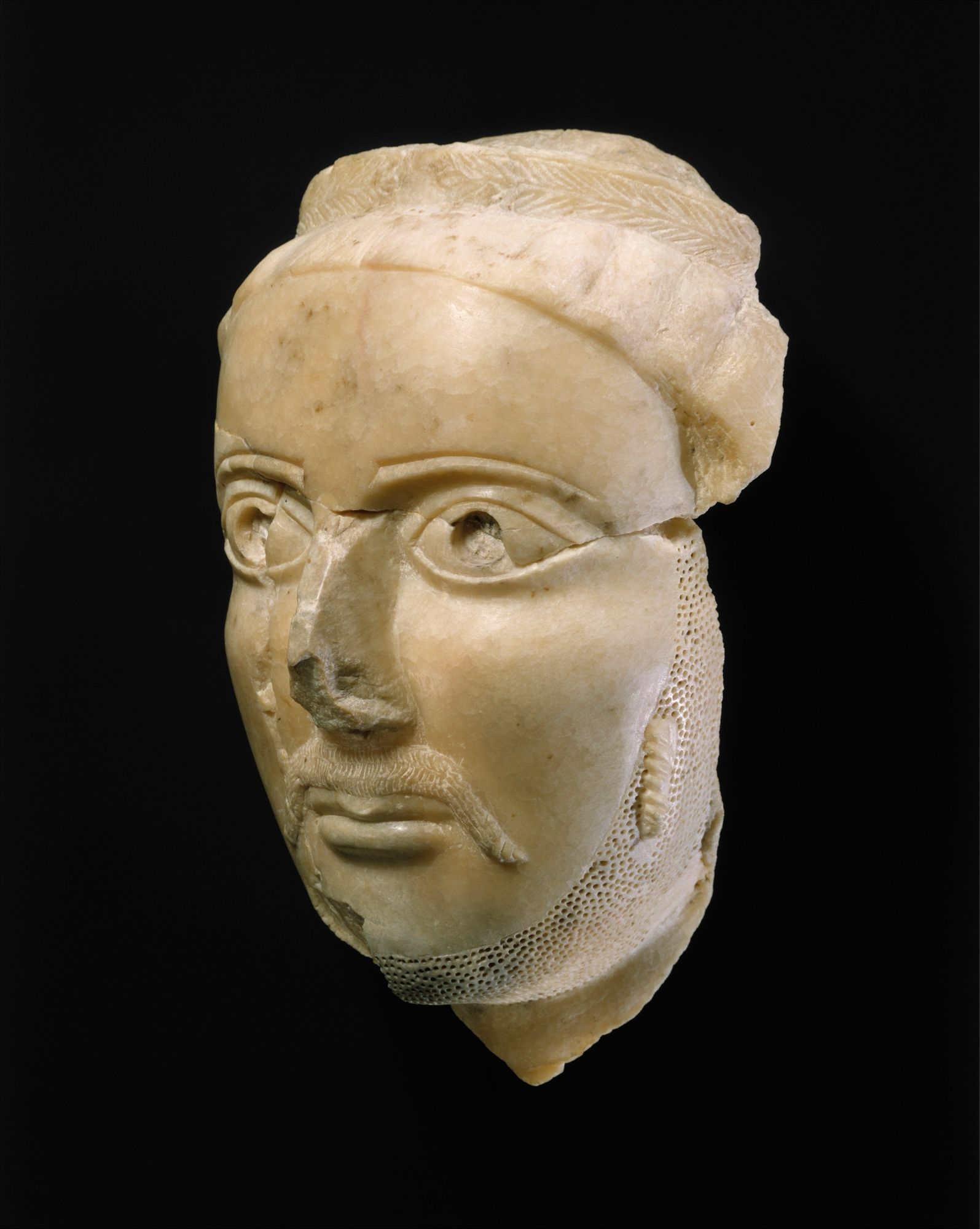From Impressionism Paul Gauguin (1848-1903) Still-life with Chinese Mandolin - 1885 Post-Impressionist Oil on canvas, 61 x 51 cm. Musée d'Orsay, Paris, France
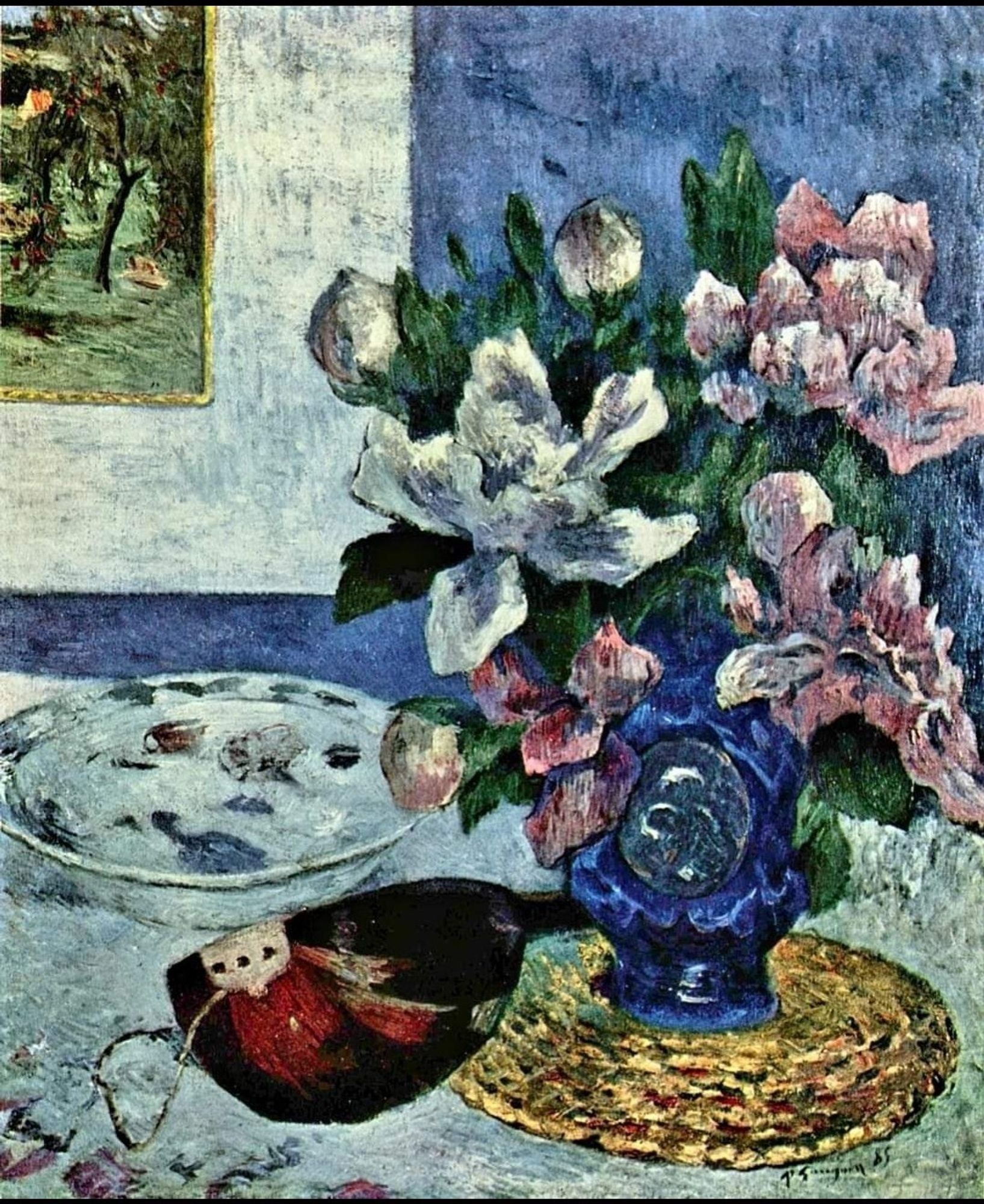
This one’s a bit more subtle - a detail from the French painter Soutine (cusp of post Impressionism). Anyway the brushwork I think is evocative of language.

List 10 things you are into: 1. Stories in any medium 2. Astrophysics 3. Impressionism 4. Rock music 5. Writing 6. Programming 7. The natural world 8. Language theory 9. Mythology 10. Non-Euclidean geometry
Impressionism-on-Thames, a star slacker and a disturbing double act – the week in art
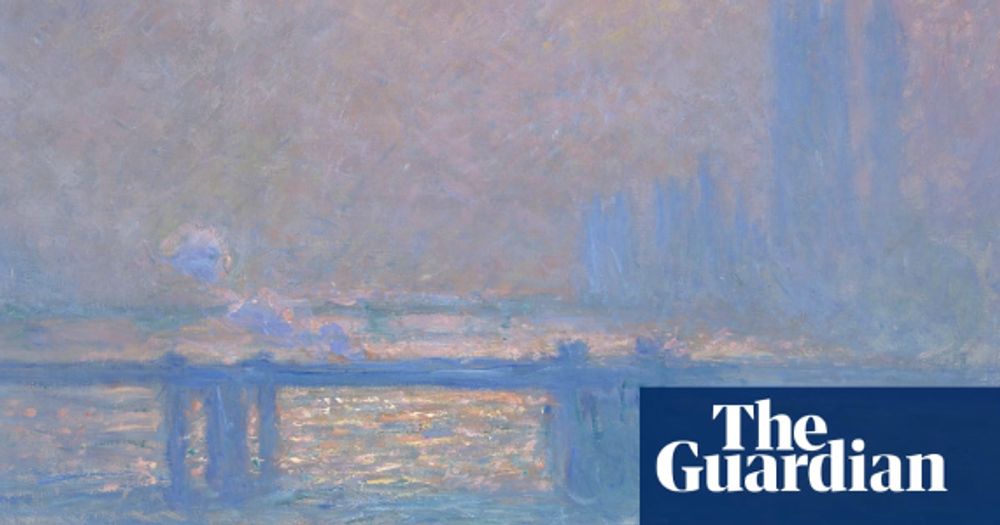
Monet brightens up London, Mike Kelley’s teddies have their big day out and Goya goes head-to-head with Paula Rego – all in your weekly dispatch
Most critics rejected his work and found it to be amateurish Impressionism. The problem being, he wasn't imitating French Impressionism, he was creating his own style. If it wasn't for his brother Theo cataloging his paintings, even buying back some, his art would've been forever lost to coops.


